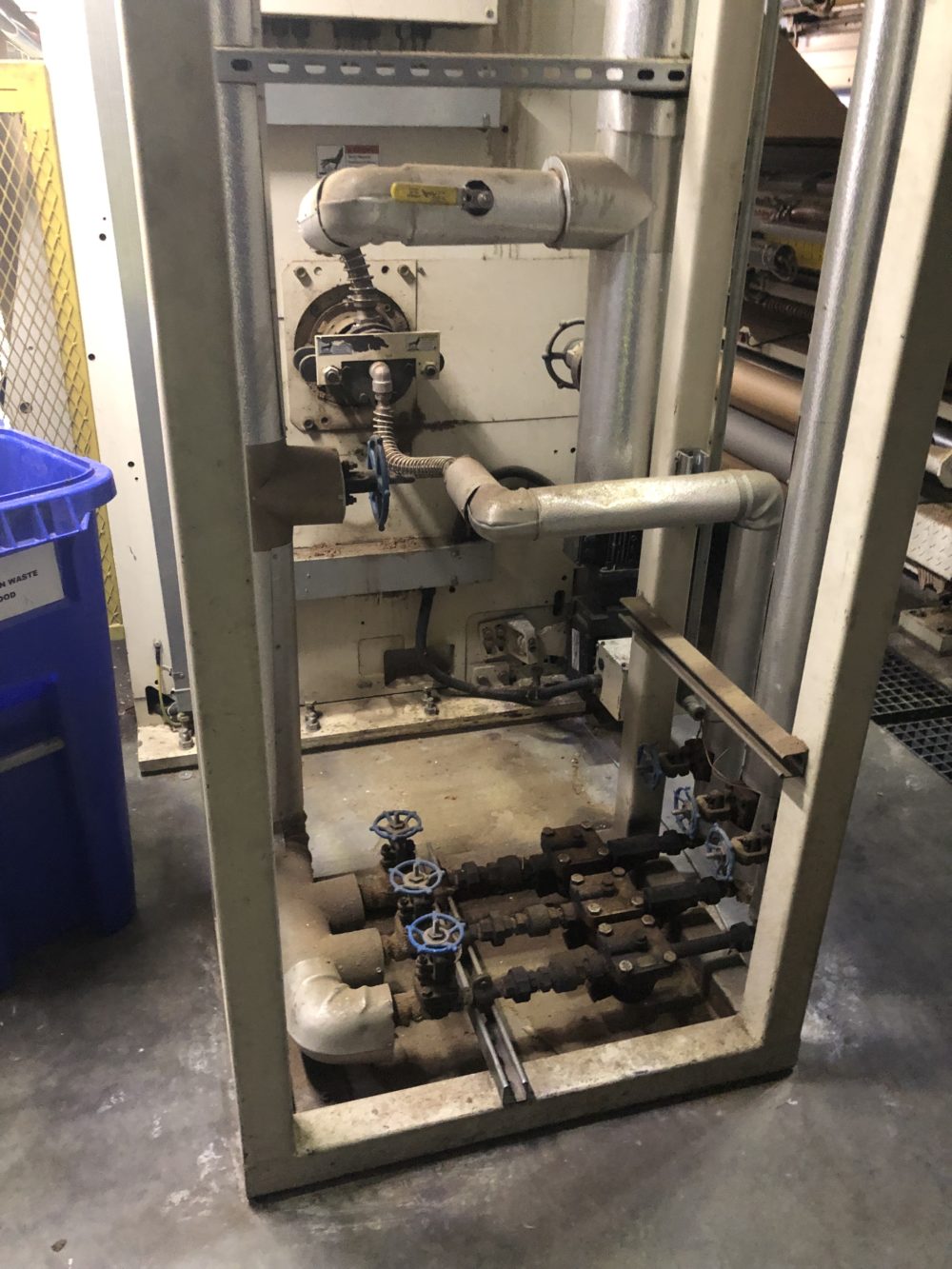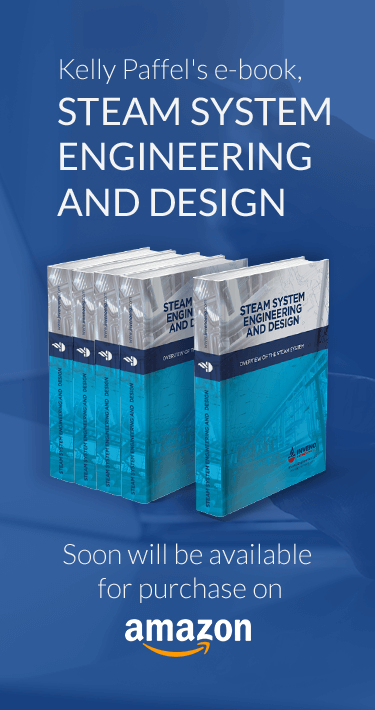Inveno Engineering LLC’s Virtual Engineering Support – Root Cause Analysis

Virtual Steam System Engineering Support is Inveno Engineering, LLC’s latest offering to support our clients during the COVID-19 pandemic and beyond. Access to plant operations can be limited because of the pandemic as well as for a variety of other reasons. The need for engineering support, however, does not change. We have developed the following program to meet the plant needs.
Here’s how it works:
1. Plant provides information on the current issue or problem with your steam system. The submittals can be in the following areas:
- Safety,
- Reliability,
- Operations,
- Performance,
- Energy,
- Problem Analysis and Solutions
2. Our engineers review the problem. If more information is required, our engineers will respond to you by teleconference or email.
3. Reviews are encompassing with;
- Identification,
- Documentation,
- Benchmarking,
- Our steam system engineering team will be using the latest engineering tools to assist in the virtual diagnosis and analysis
4. Test equipment can even be provided to the facility for any necessary testing (if required), with training and support
5. After our engineers have concluded the investigation, the engineering team will develop and provide the following:
- Video presentation outlining investigation and the roadmap for remediating the problem.
- Written narrative on the video presentation
- Typically, a conference call within a week to follow-up on the root cause analysis study.
My name is Kelly Paffel, Technical Manager from Inveno Engineering LLC. We would like to review Case Study Number 28, Root Cause Analysis, a loss of production temperatures in the process. This root cause analysis was done on a rotating dryer process. The dryer had a loss of temperatures during operation, which was causing issues with production, product rejects, and slowing the machine systems down due to the dryer surface temperatures being inconsistent or not at a steady temperature for the different process applications that are occurring through the system. Therefore, review for operation, installation, and safety compliance.
The items that came to our attention immediately were that there needs to be a pressure gauge at the inlet of this process. There was a question about exactly what pressure is after the control valves. The steam pressure that’s coming through the isolation valves, strainer, and a control valve.
Therefore, we really need to know what pressure is coming into those process units right here. The other thing is the ball valves installed here on the system do not meet code compliance. They’re not rated for the pressure and temperature of this operating system; therefore, they need to be changed.
The next item we looked at was the review of the steam hoses. The steam hose has reduced connections here. One of the issues with reduced connections is that it restricts the flow of steam going into the dryer or rotating dryer and condensate coming out of the dryer. If the connections are an inch and a half to an inch and a half, this would result in unrestricted flow. The other issue is that the dryer hoses do not meet B31.1 code requirements. Therefore, they are not in code compliance. One other item here is that the hose should come down a little bit further, more vertically, to assist in the siphoning action of removing the condensate from the rotating dryer.
Next, we looked at the condensate drainage side. This is the condensate coming down here. There is a strainer here, but the strainer did not have a blow-off valve. We had to shut the system down and take a look at the strainer, which was probably around 35% plugged, restricting the flow coming to the steam trap. The steam trap located here is the correct steam trap. It’s a float and thermostatic design steam trap. However, upon investigation, we found the steam trap does not have the correct orifice, and there was a small orifice, which was again reducing the capacity of the steam trap.
The other thing about rotating dryers that we’d like to do is come off and bypass around the steam trap with a needle valve and put a condensate return system.
This way, we get some blow-through steam, which assists in the evacuation of a rotating dryer. The other issue with the system is that, during operation, there are steam leaks from the threaded connections. We want to eliminate threaded connections as much as possible or completely. Another issue was a check valve in the system. Again, it was restricting the flow. In this particular system, there is no need for a check valve because backflow cannot occur.
The last item is putting a pressure gauge here. This way, we know the condensate return line pressure because the steam trap is a Delta-P device, with P1 at the inlet and P2 here at the output. Pressure gauges always tell us the pressures that occur.
To summarize, in the short term:
- Replace the steam hoses with the correct size and code-compliant ones.
- Correct the steam trap orifice, and we’ll send technical datasheets along with this email and presentation.
- Isolation valves, of course, need to be replaced because they’re not in code compliance. This is a safety issue.
- Install pressure gauges so we know the steam pressures and the condensate line pressures.
- Install a ball valve on the strainer so we can perform PM blowdowns of the strainer.
Remember, the check valve is a restriction in the piping, and there’s no need for it. Replace the ball valves for isolation.
We highly recommend following design standards and standardizing on a proper steam trap station. This happens to be a steam trap station using tubing tube connectors and ball valves for isolation. Back here is the blow-off valve for the strainer that’s built internally. The steam trap is located in a very small, compact package that eliminates threaded connections. This is just one of many steam trap station designs.
Here is our approach:
- Short term: Perform steam balancing, steam reliability checks, and steam engineering training.
- Long term: Implement process changes, lower steam costs, and increase reliability.
Do you have any questions regarding this correction roadmap? You can contact us at any of the provided emails, and we’d be more than happy to have a conference call and discuss all our findings.
Thank you for your time. Have a great day!










